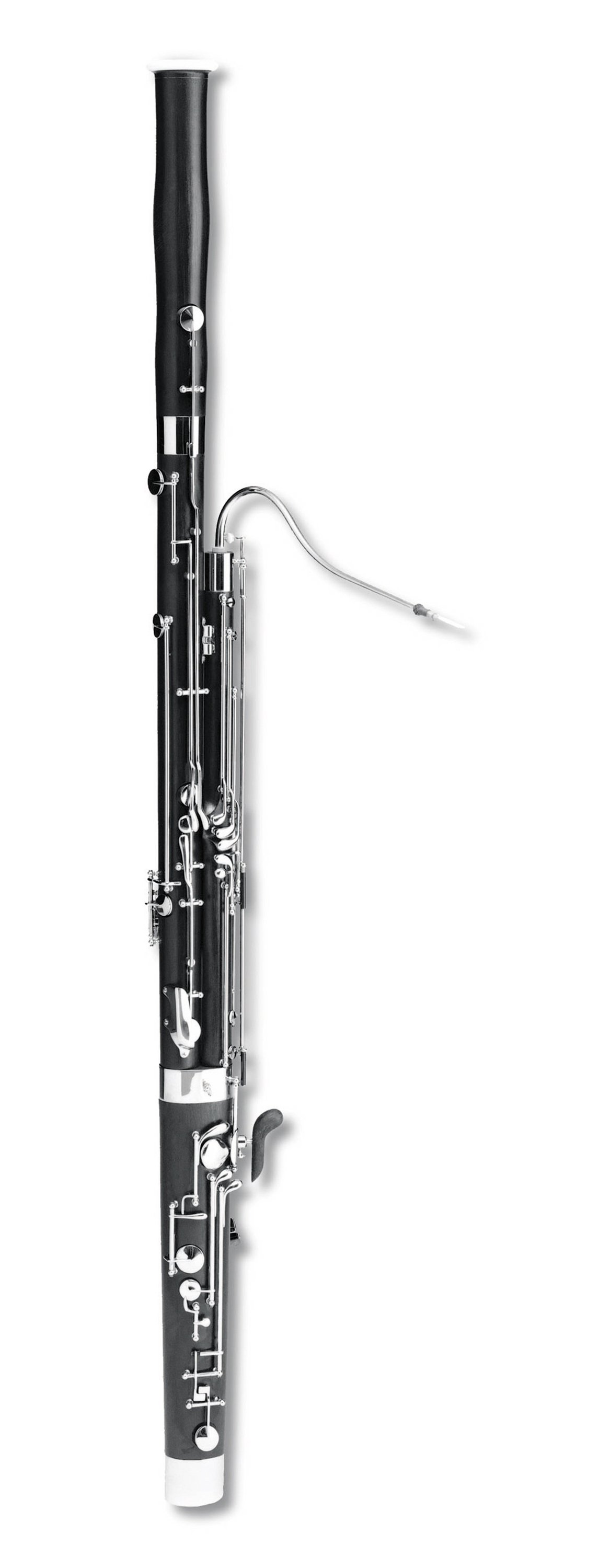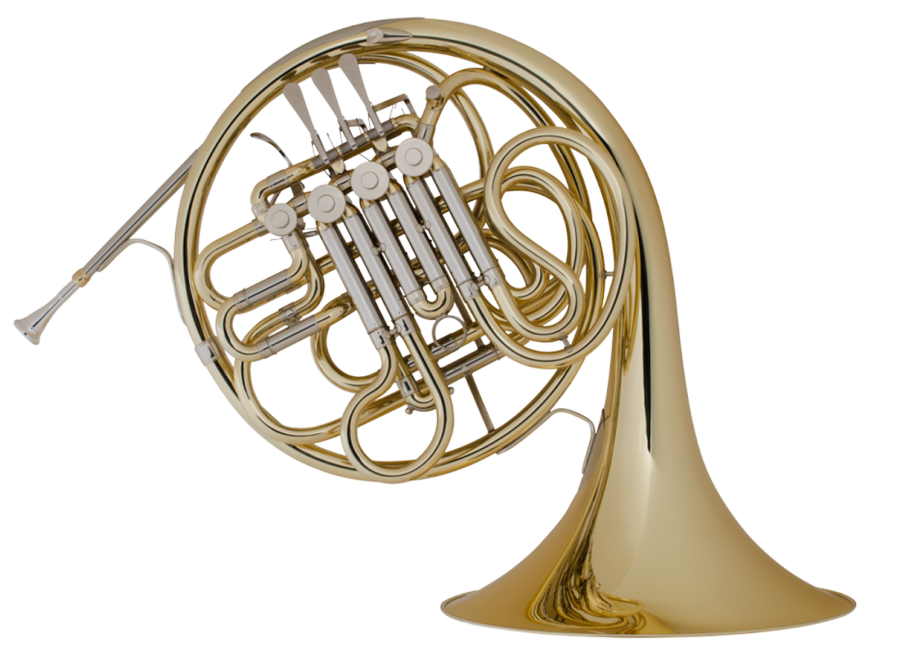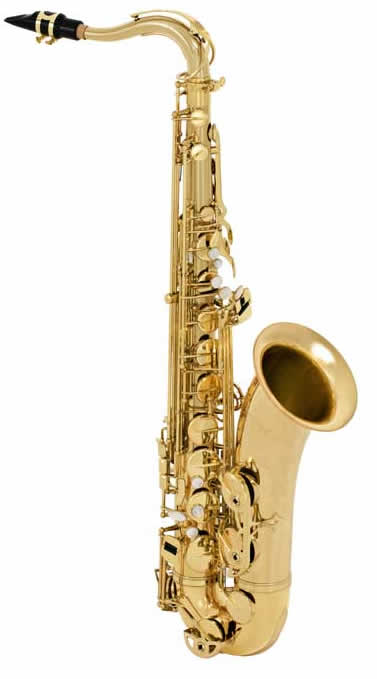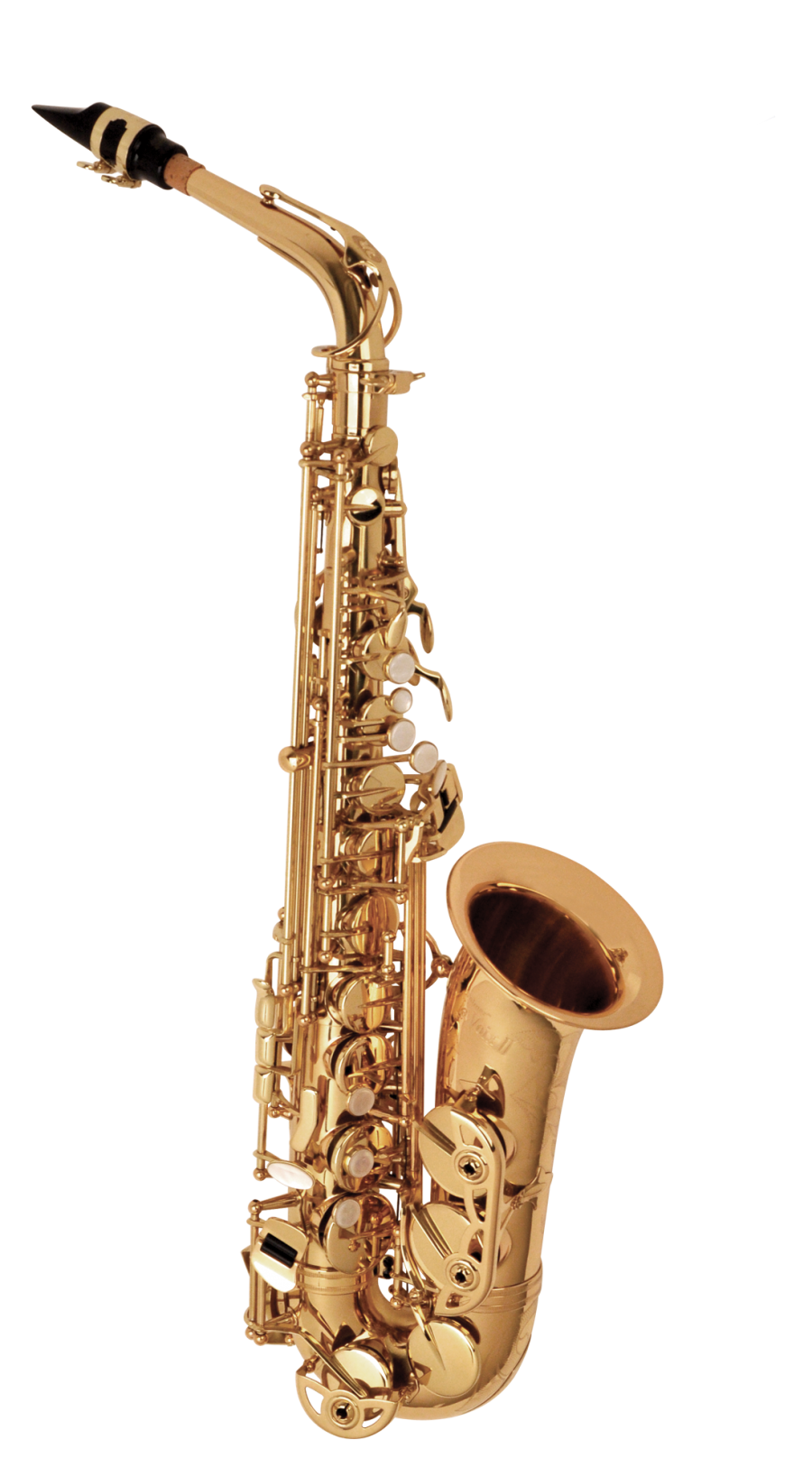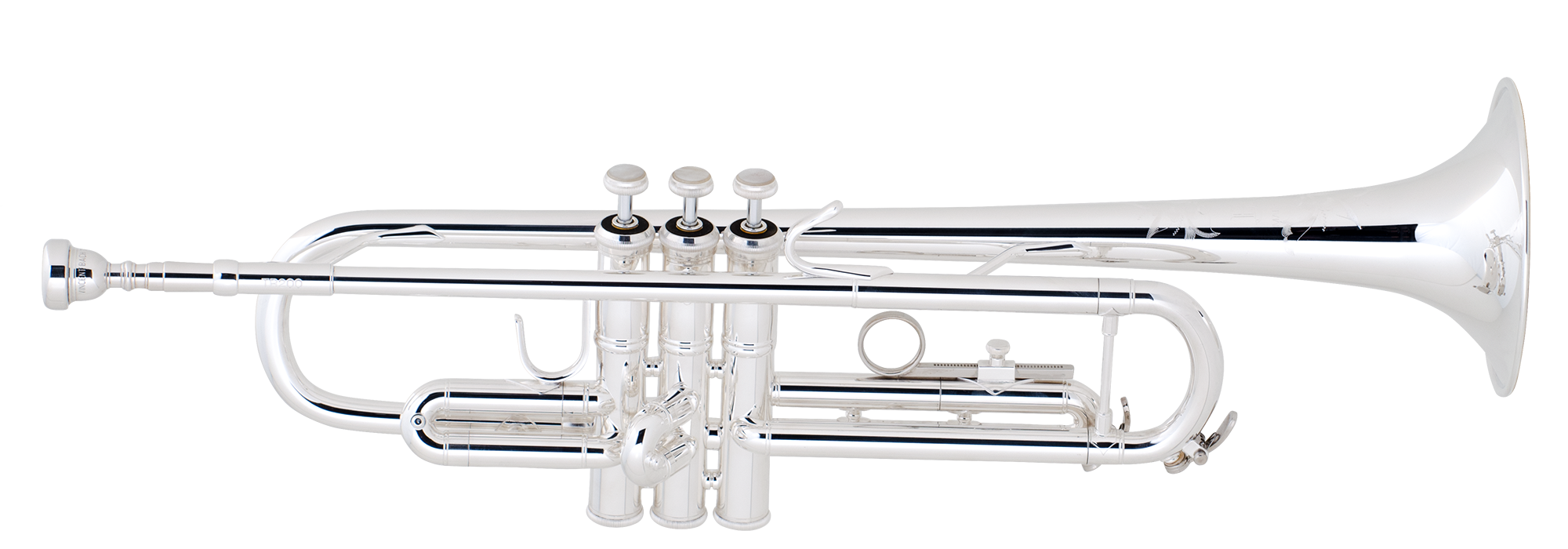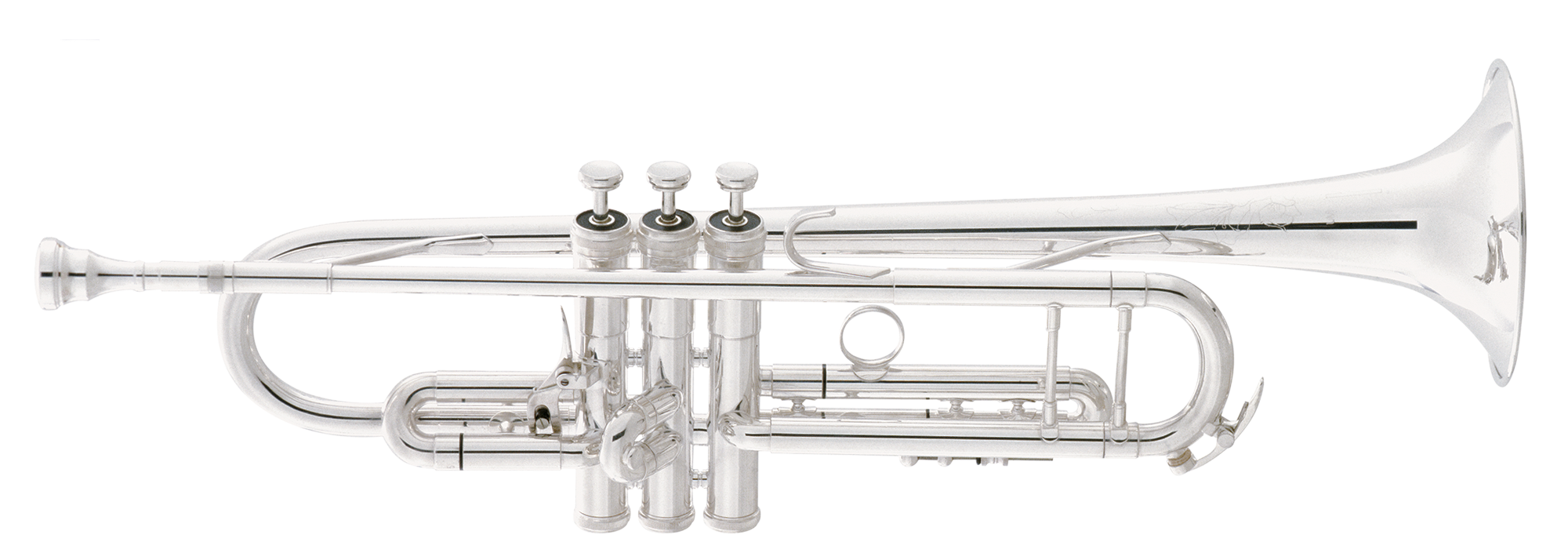Congratulations on choosing the saxophone! To help you get started, we’ve created a video with a series of lessons that will guide you through the basics: assembling and holding the mouthpiece and instrument, playing your first notes, keeping your saxophone clean and sanitized, and more.
Along with the video, you’ll see a table of contents. In parenthesis are the times that those lessons take place in the video so you can learn at your own pace. Feel free to pause, rewind, and revisit these lessons until you are comfortable performing the things you have learned.
Table of Contents
Introduction and Demonstration (0:00-1:30)
Lesson 1 (1:34)
Assembling the Mouthpiece and Making a Sound
Lesson 2 (5:45)
Parts of the Saxophone
How to Hold a Saxophone
Lesson 3 (9:15)
Reading Your First Notes on the Music Staff
Lesson 4 (12:32)
Cleaning and Sanitizing Your Instrument

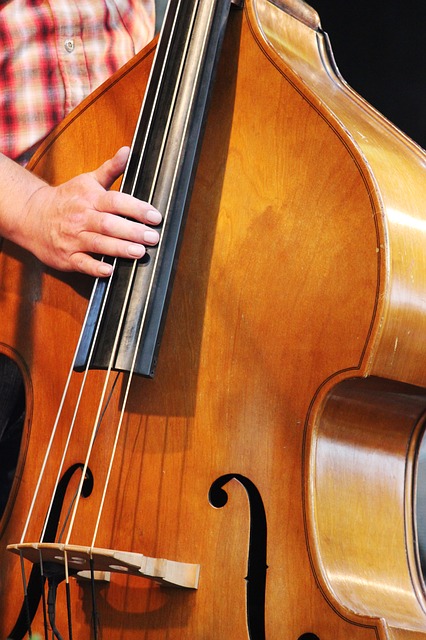 Upright bass, also called string bass or double bass, is a member of the orchestra family. Just as often, however, it appears in jazz, bluegrass, folk, and other genres. With a large hollow body and 4 thick strings, the tones produced by the upright bass are low and rich. The instrument is capable of long, expressive tones when played with a bow; and short, percussive tones when plucked with the strings. String bass is a dynamic and impressive instrument to play!
Upright bass, also called string bass or double bass, is a member of the orchestra family. Just as often, however, it appears in jazz, bluegrass, folk, and other genres. With a large hollow body and 4 thick strings, the tones produced by the upright bass are low and rich. The instrument is capable of long, expressive tones when played with a bow; and short, percussive tones when plucked with the strings. String bass is a dynamic and impressive instrument to play!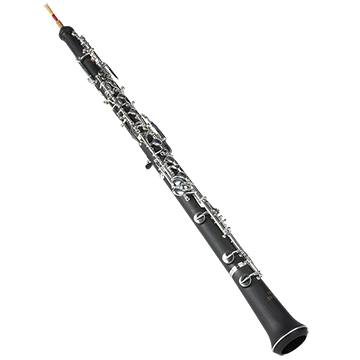 The oboe is a woodwind and a member of the double-reed family. It is played by blowing air through the reed, attached at the top of the instrument. The reed consists of two very thin pieces of cane, pressed together with a small opening to allow air to pass through. The sound can be high in pitch, but it has a variety of colorful tones, from bright and piercing to low and mysterious.
The oboe is a woodwind and a member of the double-reed family. It is played by blowing air through the reed, attached at the top of the instrument. The reed consists of two very thin pieces of cane, pressed together with a small opening to allow air to pass through. The sound can be high in pitch, but it has a variety of colorful tones, from bright and piercing to low and mysterious.